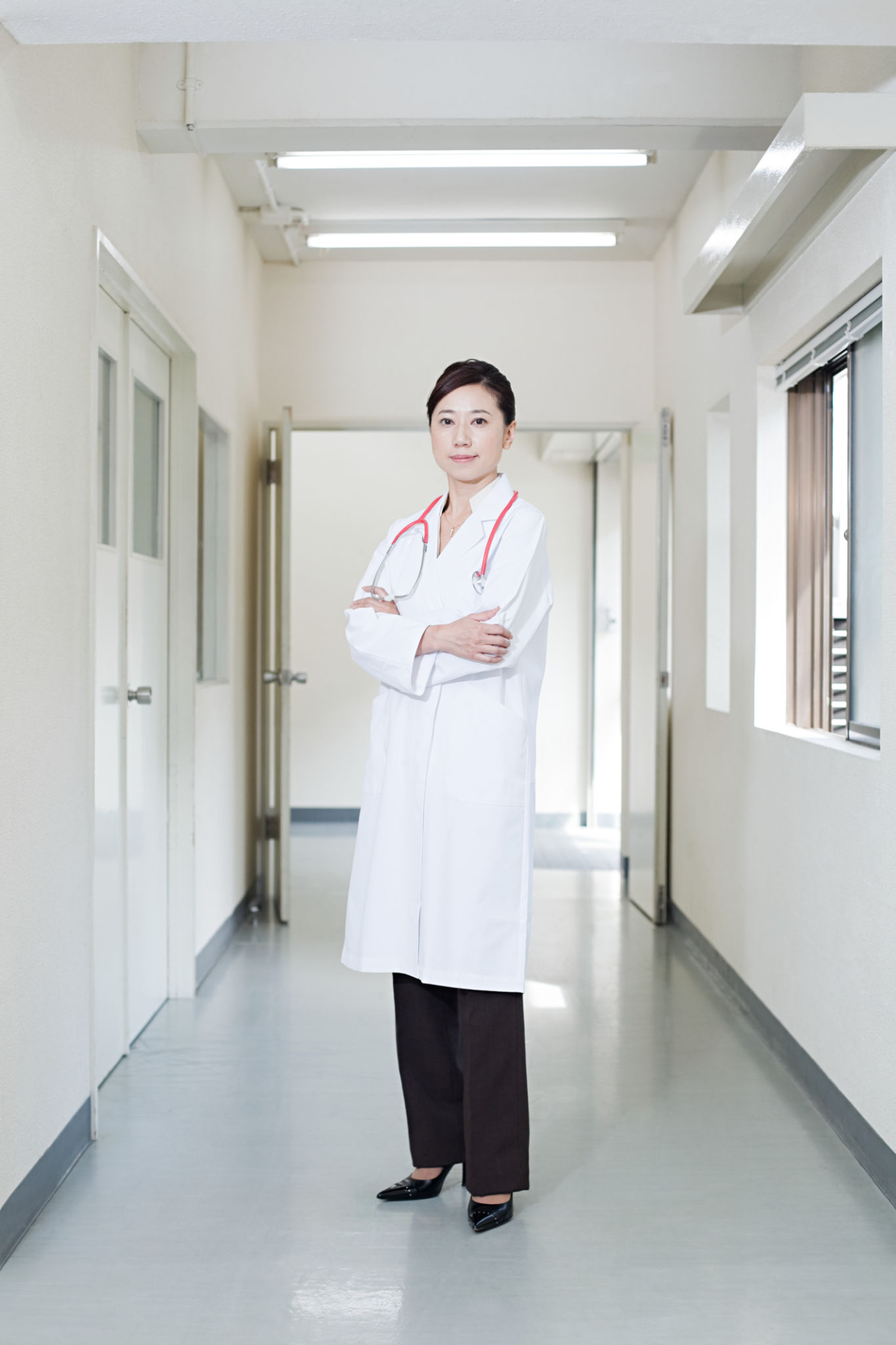Understanding the Validation Process for Medical Equipment in Saudi Arabia
Introduction to Medical Equipment Validation
The validation process for medical equipment is a critical aspect of ensuring the safety and effectiveness of devices used in healthcare settings. In Saudi Arabia, the regulatory landscape for medical equipment is governed by stringent standards to protect patients and practitioners. Understanding these regulations is essential for manufacturers and healthcare providers alike.
Medical equipment validation involves a series of assessments to confirm that a device meets predefined specifications and performs as intended. This process is crucial for maintaining high safety standards and ensuring compliance with regulatory requirements.

Regulatory Framework in Saudi Arabia
In Saudi Arabia, the Saudi Food and Drug Authority (SFDA) oversees the regulation of medical devices. The SFDA's guidelines are aligned with international standards, ensuring that medical equipment used in the country is both safe and effective.
Manufacturers must adhere to SFDA regulations, which include obtaining pre-market approval, conducting clinical evaluations, and maintaining post-market surveillance. These steps are designed to ensure that medical devices on the market are continuously monitored for quality and performance.
Pre-Market Approval
The pre-market approval process involves rigorous testing and documentation to demonstrate that a medical device meets safety and performance standards. This includes providing evidence of clinical trials, risk assessments, and manufacturing quality control measures.

Clinical Evaluations and Risk Assessment
A critical component of the validation process is clinical evaluation. This involves assessing clinical data to verify the device's safety and efficacy. Manufacturers must provide detailed reports that include data analysis, clinical outcomes, and any adverse effects observed during trials.
Risk assessment is another essential part of validation. It involves identifying potential hazards associated with the device and implementing measures to mitigate these risks. This proactive approach ensures that any potential issues are addressed before the device reaches the market.
Post-Market Surveillance
Even after a medical device is approved for market, continuous monitoring is necessary to ensure ongoing compliance with safety standards. Post-market surveillance involves collecting data on device performance and reporting any incidents or adverse events to the SFDA.

Challenges in the Validation Process
One of the main challenges in the validation process is keeping up with evolving regulations and technological advancements. Manufacturers must stay informed about changes in guidelines and ensure their devices remain compliant with current standards.
Additionally, conducting thorough clinical evaluations can be resource-intensive, requiring significant time and financial investment. However, these efforts are crucial for ensuring patient safety and maintaining trust in medical technologies.
Conclusion
Understanding the validation process for medical equipment in Saudi Arabia is essential for manufacturers aiming to enter this market. By adhering to SFDA regulations and prioritizing safety and efficacy, companies can ensure their devices meet the high standards expected in healthcare settings.
As the medical industry continues to evolve, staying informed about regulatory changes and advancements in technology will be vital for maintaining compliance and delivering safe, effective medical devices.
